
Brussels: The European economic picture is expected to improve over the next two years.

- Europe and Arabs
- Thursday , 16 May 2024 10:36 AM GMT
Brussels: Europe and the Arabs
European Commissioner for Economic Affairs Paolo Gentiloni said at the press conference to present economic forecasts for spring 2024 that there are 5 main messages from these forecasts:
First, after a difficult 2023, economic activity rebounded in the first quarter of this year. Economic momentum is expected to accelerate over the coming quarters, leading to an annual EU growth rate of 1% this year and 1.6% in 2025.
Secondly, private consumption is expected to drive economic recovery, thanks to continued strength in the labor market and rising real wages, which will allow lost purchasing power to recover.
Third, inflation has declined further since the beginning of the year, and is expected to continue to decline, reaching the European Central Bank's target during 2025.
Fourth, the EU's general government deficit ratio is set to resume falling in 2024, while the debt ratio rises slightly in 2025.
Fifth, downside risks and uncertainty remain high, mostly related to the wars on our borders and in the Middle East.
In 2023, private consumption was particularly weak, growing by just 0.4%. Despite strong employment and wage growth, labor incomes have barely exceeded the inflation rate. Moreover, households saved a larger share of their disposable income – and the EU saving rate, at 13.5% in 2023, remained well above pre-Covid-19 readings.
Investment also contributed very little to growth, and weakness was particularly noticeable at the end of the year, especially in housing construction.
External demand did not provide much support either, affected by the sharp slowdown in global merchandise trade.
Last but not least, the slowdown in the pace of inventory accumulation led to a decline in domestic demand by almost one point.
The European economic picture is expected to improve over the next two years.
Private consumption is expected to be the main driver of growth. Growth is expected to rebound to 1.3% this year and 1.7% in 2025. Continued employment growth and rising real wages should support disposable income. However, the expansion in private consumption is expected to be partly held back by a further rise in the saving rate.
Despite a widespread stagnation in production, the EU economy created more than two million jobs in 2023. Labor supply has been lifted mainly due to migration and the increased participation of women and older workers.
Activity and employment rates reached new highs, while unemployment reached a record low of 6.0%. On the positive side, unemployment continued to decline in Member States with the highest rates, resulting in continued low dispersion between countries.
It is worth noting that employment rates in the EU in the third quarter of 2023 reached record levels not only for local workers (71.2%), but also for workers from third countries (65.1%).
Employment growth is expected to be more subdued in the future. After growth of 1.2% last year, employment in the EU is expected to grow by 0.6% this year and 0.4% in 2025. The first quarter saw employment growth of 0.2% in the EU, according to a just-released Eurostat statement. This still means that the EU economy must generate another 2.5 million jobs by the end of next year. Meanwhile, unemployment should hover around its current record lows.
Nominal compensation per employee expanded by 5.8% in 2023 in the EU, with a gradual slowdown in the second half of the year. It is expected to slow further but will remain above inflation.
The European Commission's Summer 2024 Economic Outlook will update GDP and inflation forecasts and is expected to be presented in September 2024.


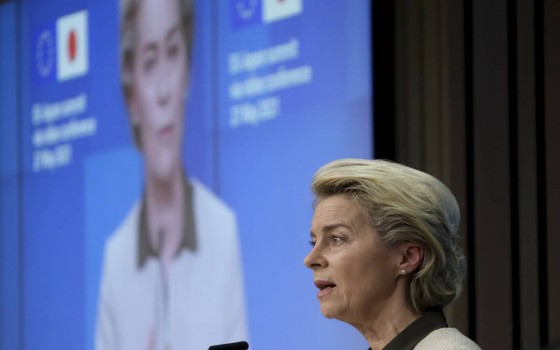
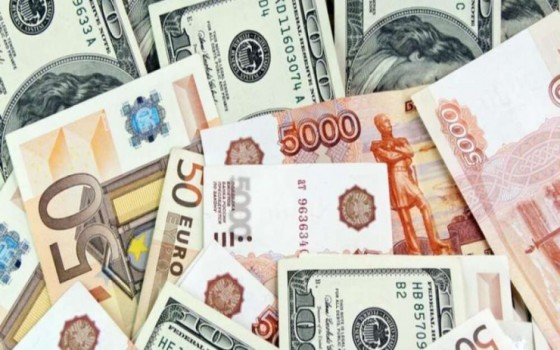

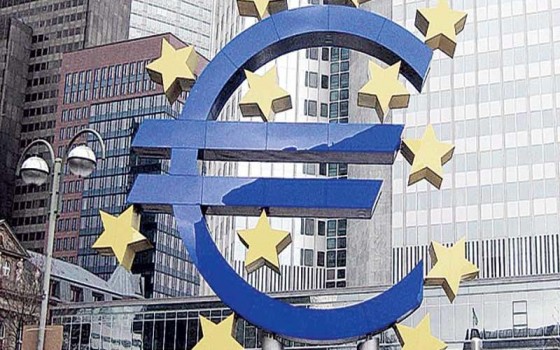

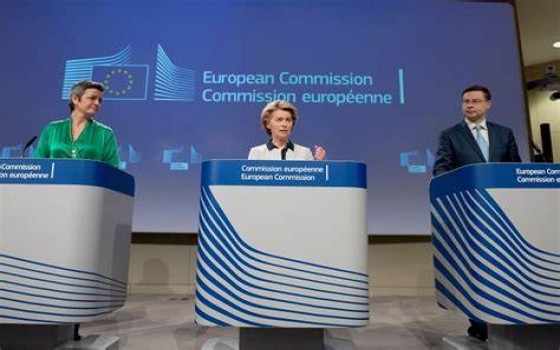


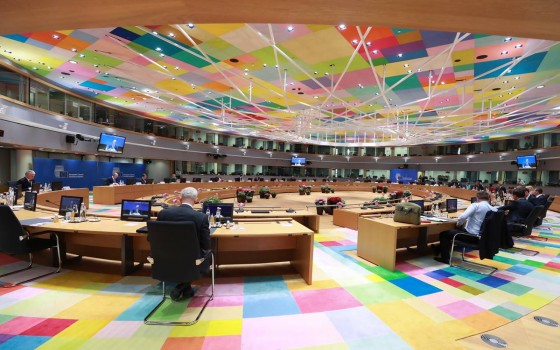

No Comments Found